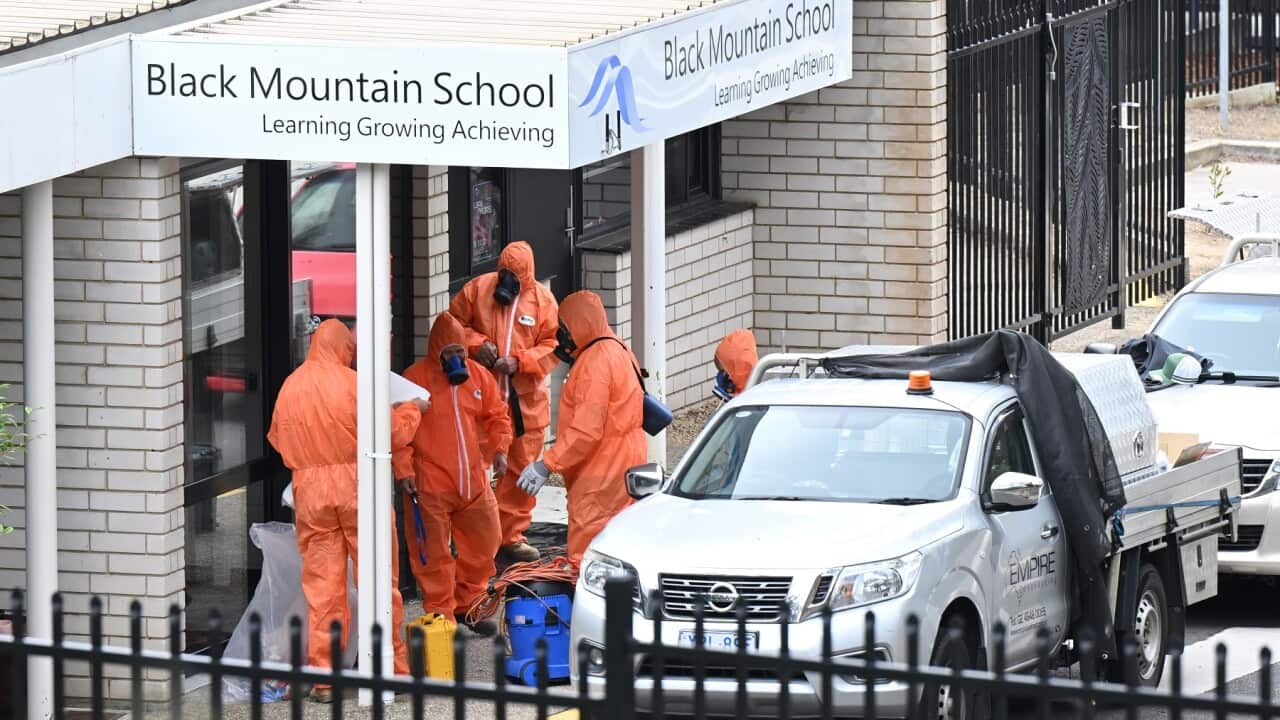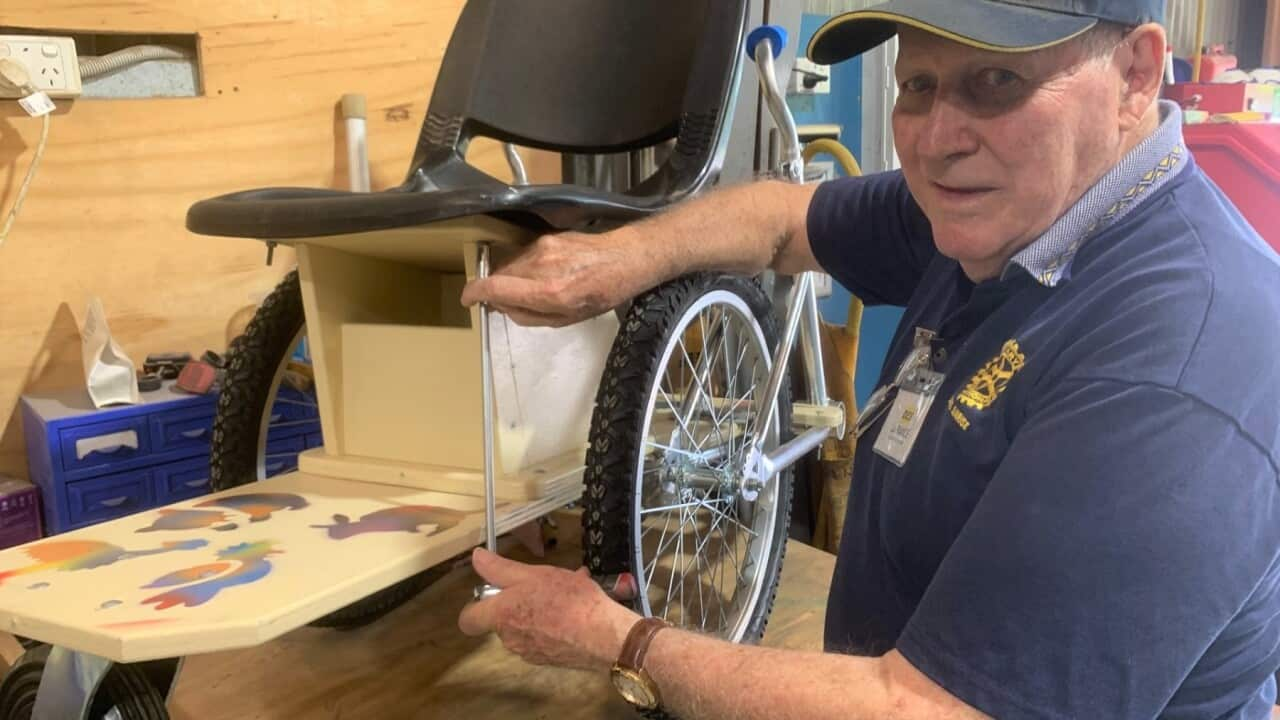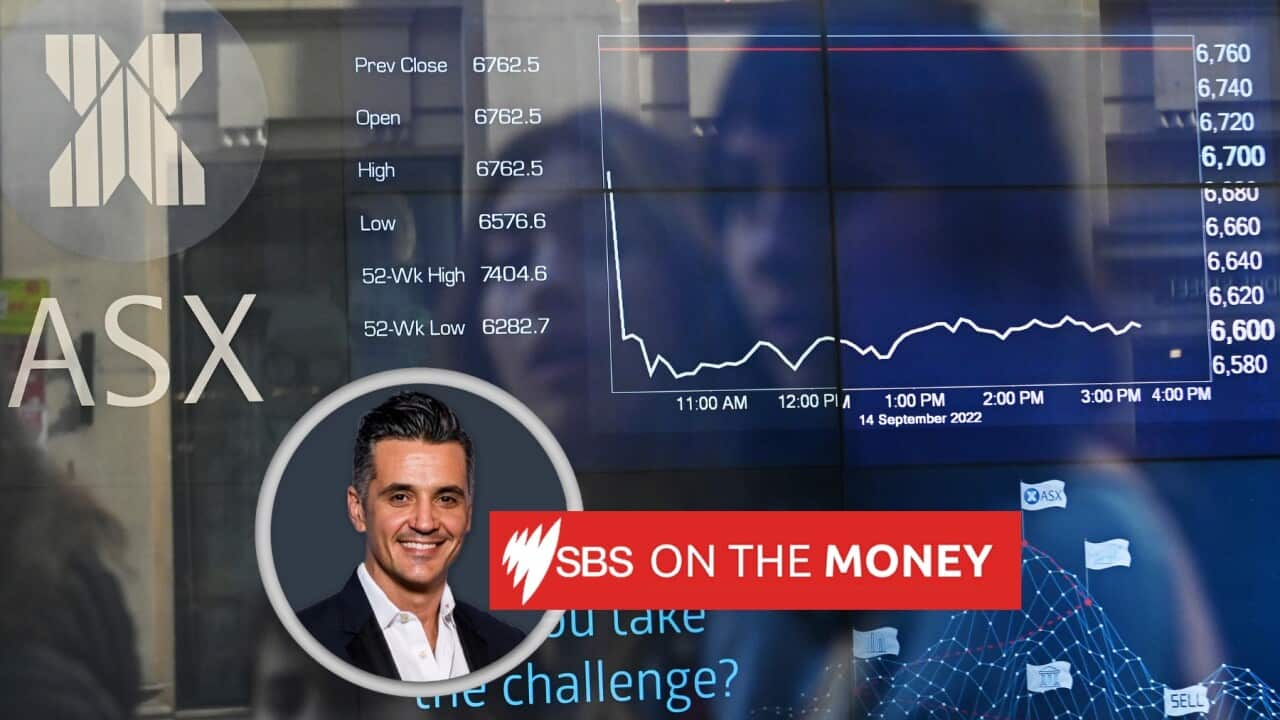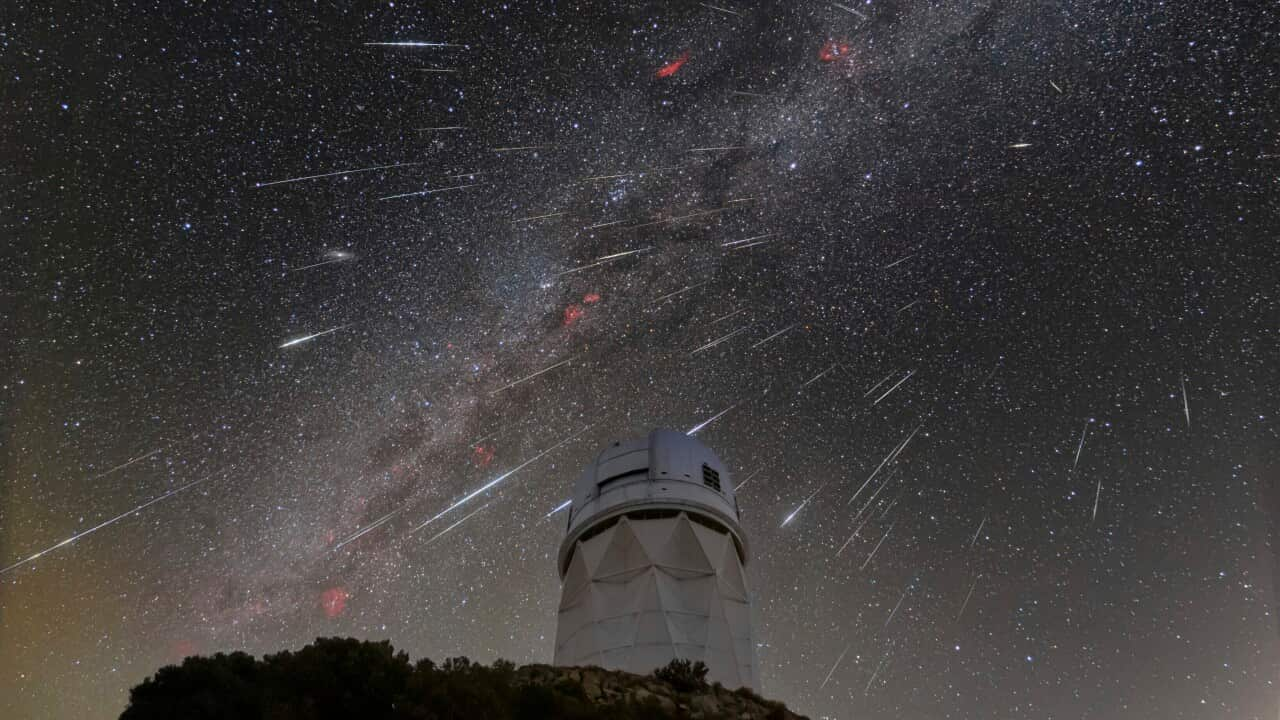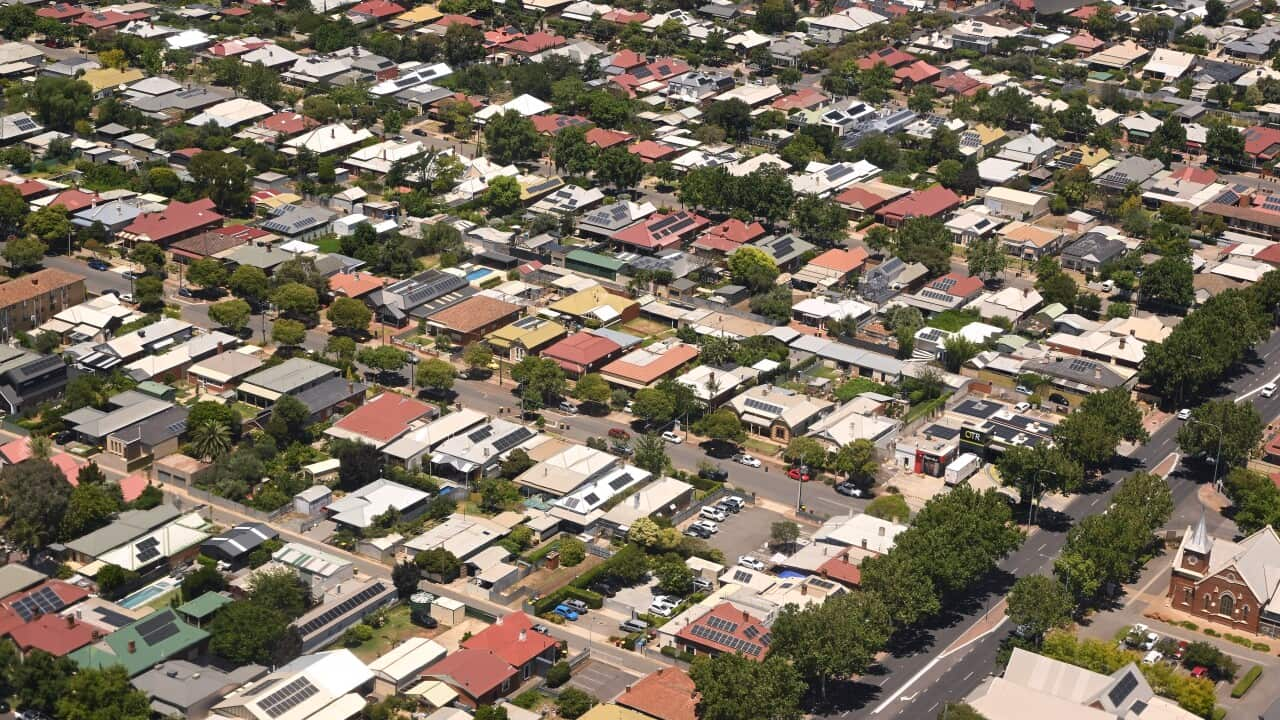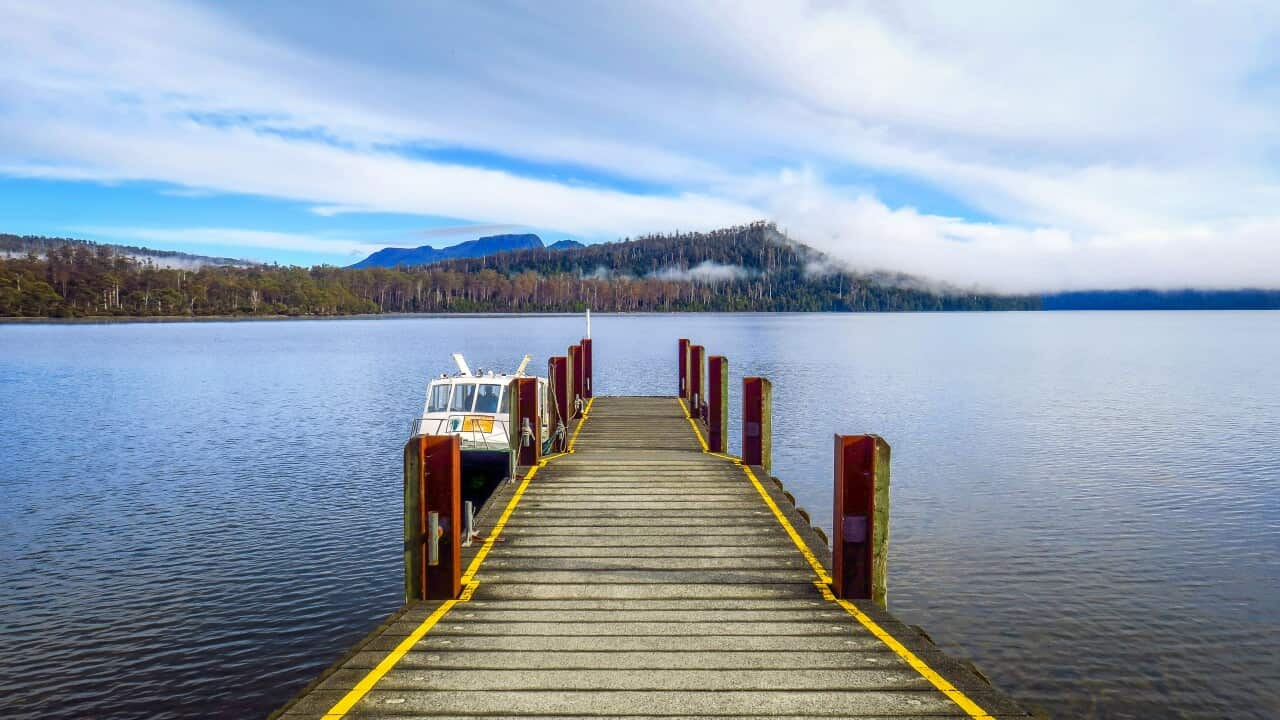TRANSCRIPT
Asbestos-contaminated coloured play sand has been identified at more than 100 sites in South Australia.
That is now the third jurisdiction in Australia impacted by the Australian Competition and Consumer Commission's national recall notice*.
The notice was issued last week for imported sand products that were tested and found to contain traces of asbestos.
Some Catholic schools in Tasmania and South Australia will either close or partially close today.
South Australia's Department for Education says it is helping to manage the removal of the items, adding that no schools have been closed, but a hazard alert has been issued to all schools and preschools.
South Australian Education Minister Blair Boyer says not all of the coloured sand products have been opened.
“The vast majority, I think it's about 94 where the product is sealed, about 24 where the product was open, about eight that have a type of this sand, which is not on the recalled list.”
Twenty-five public schools in Canberra remain closed on Tuesday due to contaminated play sand, while dozens will reopen or partially open.
The ACT government shut 70 public schools on Monday after the A-Triple C's recall notice.
The government had previously warned parents that it could take days for all the schools to be cleaned by licensed asbestos contractors and for students and teachers to be allowed back into classrooms.
In the ACT, Education and Early Childhood Minister Yvette Berry says a remediation process is underway.
“I understand that this will be a significant impact on families and on work places in our public school system. However, this is best practice in managing hazardous materials. And I am committed to making sure that we put the safety of our staff and students first.”
There are six different kinds of asbestos.
What was actually found?
The ACCC recall says the products “may contain tremolite asbestos. ”
WorkSafe Qld says they contain a low level of tremolite and/or chrysotile asbestos.
WorkSafe ACT says its testing of Kandink Sand found it contains chrysotile.
Adjunct Professor Dino L. Pisaniello told SBS that the potential for long-term harm is dependent on the specific type of exposure.
“The chrysotile form of asbestos is fibrous. It's long, thin fibers. Whereas the tremolite can be fibrous or it can not be fibrous. So most people who've considered tremolite as a hazard and as a risk have considered to be lower than chrysotile, and certainly lower than blue or brown asbestos, because in order for the toxicity to occur in the lungs, it really needs to be either very, very small or long and thin. And tremolite is not quite like that, although it can be so. Generally speaking, the tremolite is less of a risk, at least as far as we know.”
The most dangerous type is Crocidolite asbestos or “blue” asbestos.
So far, this has not been reported as a contaminant.
Mr Pisaniello argues that the type of sand being used is also a determinant in whether or not the asbestos will be inhalable.
He differentiates between a kinetic sand that is sticky and a free flowing one.
“There is different types of that clay sand, the sticky one and the free flowing one, and the free flowing one, in my view, is more of a problem because although it's not in the size range to cause inhalation problems, it's still possible to break it up and form those smaller particles that can be inhaled.”
The sand products were manufactured in China and sold by several Australian retailers, including Officeworks and Woolworths.
Mr Pisaniello argues that part of determining this risk associated with the coloured sand product is determining what proportion is sand and what proportion is crushed rock.
He says whether the retailer will make this distinction transparent can depend on where the product is coming from.
“Manufacturers won't tell you every little detail about what's in their product, because it's meant to be competitive. Chinese manufacturers will import. They would use local products, and so the Safety Data Sheet is a little bit light on. We found that with engineered stone, we've found that some of these things don't tell you everything that's in there. And so that that's a bit of a problem. “
Mr Pisaniello says stopping asbestos from entering Australian products is a matter supply chain regulation.
“When they classify these things for export, because they would export from China to Australia and other countries, they would have a code, they would have a classification code for the product. But on the basis of that classification code, the Border Force can intercept certain shipments and decide, Okay, we'll do some testing.”
*The link to the recall notice is here: https://www.accc.gov.au/media-release/customers-warned-of-recalled-children%E2%80%99s-sand-due-to-asbestos-risks
